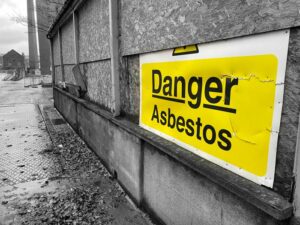Areas in the northwest and centre of the country recorded average temperatures of 35.9 and 37.78C breaking records since 1900.
Temperatures in India soared last month as thermometers hit record highs for this time of year, contributing to worsening wildfires and, in turn, air quality.
According to Mrutyunjay Mohaptra, Director General of the Indian Meteorological Department, the northwest and centre of the country saw averages temperatures for April hit 35.9C and 37.78, breaking all records since 1900, the earliest year data is available for. Cities including the capital, New Delhi, suffered significantly, with the monthly temperature averaging at 5C above the seasonal norm, with just two days out of 30 failing to reach or surpass 38C.
Electricity shortages have been just one knock-on effect as residents clamoured to use air conditioning in a bid to keep cool, with three states imposing power cuts on industrial activity as a result. The number of wildfires has also increased across the country, with one blaze at the Bhalswa landfill site, New Delhi, igniting on Tuesday and still burning, albeit under control, on Sunday evening, forcing a nearby school to close for at least one week due to thick smoke causing breathing problems among pupils. Local residents filed complaints with the police, demanding action, as toxic fumes entered homes leading to respiratory issues.
Maharashtra, Uttar Pradesh, Odisha and Madhya Pradesh were among the states struggling with forest fires, with the Forest Survey of India reporting there were more than 7,800 hotspots where fires had started over the course of just three days last month, including 277 ranked as ‘large’. More fires have been reported in India since January than occurred in the whole of 2020 and 2021.
Neighbouring Pakistan has also experienced extreme heat events recently, with centrally-located city of Jacobabad ranking as the hottest place on Earth on 28th April, where thermometers hit 47C. In related news, UN experts issued a warning in February this year that wildfires could increase by 50% by the end of this century, with blazes in bushland making a significant contribution to carbon dioxide and other pollutant levels in the atmosphere, pushing temperatures up further and lowering air quality.
Image credit: Michael Held
















Leave a Reply